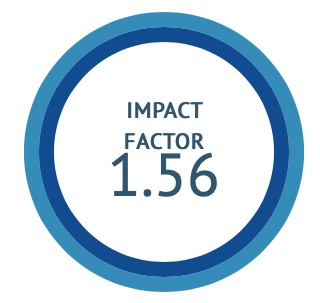Traditional uses, phytochemistry, pharmacological significance and toxicology of Argemone mexicana L. – A review approach
DOI:
https://doi.org/10.47552/ijam.v15i1.4359Keywords:
Argemone mexicana, Mexican prickly poppy, Alkaloids, Sanguinarine, Toxicity, Antimalarial activityAbstract
Argemone Mexicana L. (AM, Papaveraceae) is found and native to tropical America. Many cultures have traditionally used this annual herb to treat a variety of ailments, including skin disorders, digestive problems, eye issues, and anti-dotes. Argemone Mexicana (AM), a plant with a long history of traditional use, has recently gained renewed attention from researchers due to its potential pharmacological benefits. The possibility that this plant could be used to develop new therapies has inspired further research. Information about AM was collected from scientific databases published between January 2000 and March 2022. These databases include Elsevier, PubMed, Web of Science, NOPR, Google Scholar, ResearchGate, Wiley, SpringerLink, and ACS publications. Numerous chemical constituents present in AM have been found to have medicinal properties, such as alkaloids, flavonoids, tannins, phenolic compounds, saponin, terpenoids, and cardiac glycosides. Various parts of the AM plant exhibit antimicrobial, wound healing, antioxidant, antimalarial, larvicidal, anthelmintic, antidiabetic, hepatoprotective, anticancer effects, and have been used to treat sexually transmitted diseases. However, the plant is also known to be toxic, and its use can lead to a number of adverse effects, including dermatitis, gastrointestinal disturbances, and neurological damage. This review critically evaluates recent developments in the traditional use, phytochemistry, pharmacology, and toxicology of AM in order to provide a scientific basis for reasonable utilization and further research.
Downloads
Published
How to Cite
Issue
Section
License
Copyright (c) 2024 International Journal of Ayurvedic Medicine

This work is licensed under a Creative Commons Attribution 4.0 International License.
The author hereby transfers, assigns, or conveys all copyright ownership to the International Journal of Ayurvedic Medicine (IJAM). By this transfer, the article becomes the property of the IJAM and may not be published elsewhere without written permission from the IJAM.
This transfer of copyright also implies transfer of rights for printed, electronic, microfilm, and facsimile publication. No royalty or other monetary compensation will be received for transferring the copyright of the article to the IJAM.
The IJAM, in turn, grants each author the right to republish the article in any book for which he or she is the author or editor, without paying royalties to the IJAM, subject to the express conditions that (a) the author notify IJAM in advance in writing of this republication and (b) a credit line attributes the original publication to IJAM.




